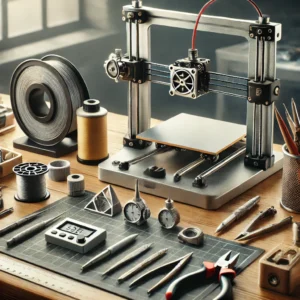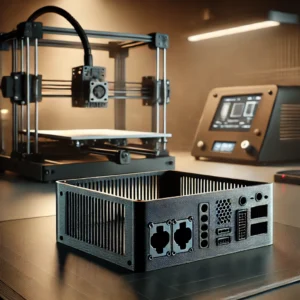Revolutionizing Earbud Cases: How 3D Printing
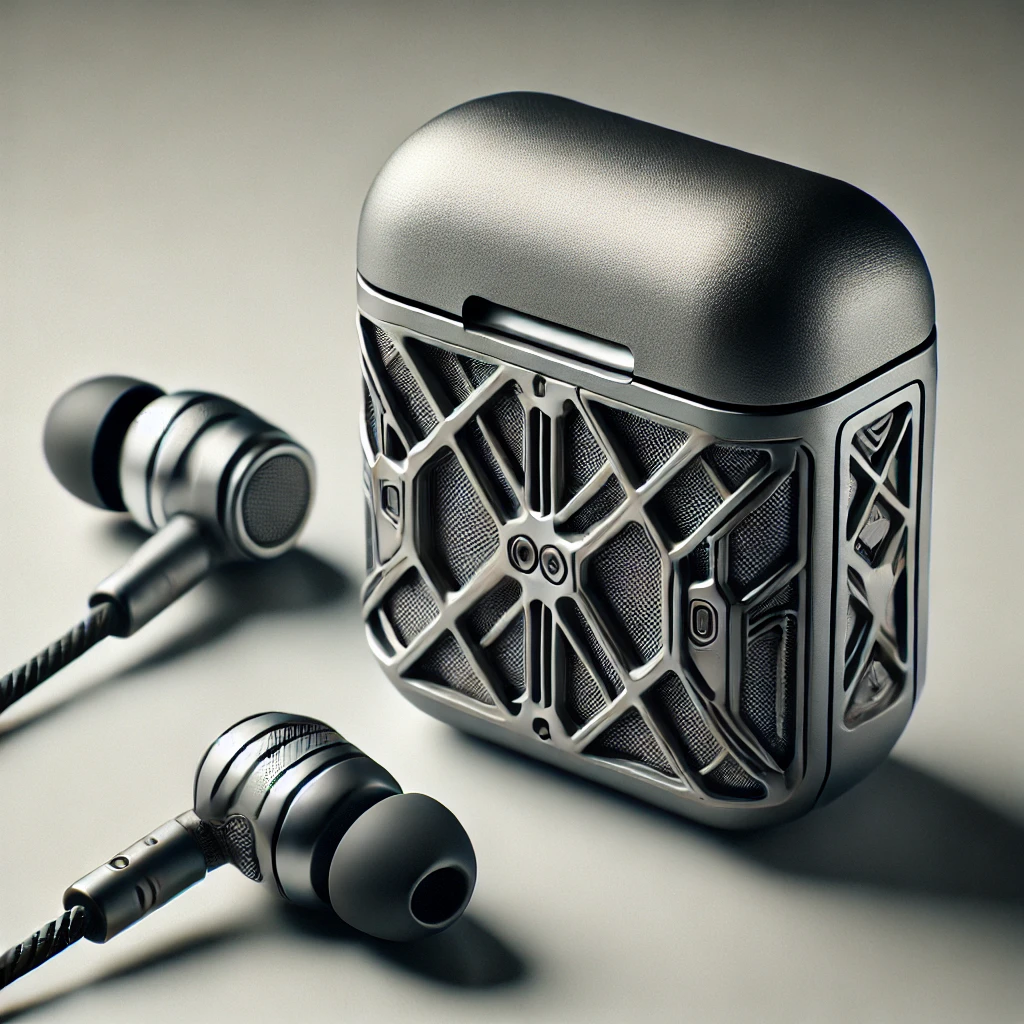
3D printing is making waves across industries, but one area experiencing an especially exciting transformation is audio accessories. In recent years, advances in 3D printing have allowed for the creation of customizable, eco-friendly earbud cases and even high-end audio components. The shift from traditional manufacturing to 3D-printed solutions is not only environmentally responsible but also offers unmatched personalization and functional upgrades that were previously unthinkable in mass-produced items. Let’s explore the many facets of how 3D printing is revolutionizing earbud cases, the challenges it overcomes, and what this could mean for the future of audio accessories.
Why 3D Printing is a Game Changer for Earbud Cases
The popularity of wireless earbuds like Apple’s AirPods and other brands means cases for these devices are now essential accessories for millions of users worldwide. Unfortunately, most earbud cases are difficult to repair or recycle, making them a growing contributor to electronic waste. This problem, coupled with a growing consumer desire for personalized products, makes 3D printing an attractive solution.
3D printing, or additive manufacturing, involves creating objects layer by layer, directly from digital models. Unlike traditional manufacturing, which often involves molding or subtractive processes, 3D printing offers flexibility in design, customization, and even material choice. This approach brings several key benefits:
- Customization: Users can create cases that are entirely unique, from colors and textures to shapes and added features.
- Sustainability: 3D printing often requires less material and reduces waste, especially since many cases can be printed on demand.
- Repairability: Some designs are created with repairability in mind, allowing users to extend the lifespan of their products.
For earbud cases, these advantages translate into products that can be adapted to the individual needs and tastes of users, helping reduce electronic waste and promote sustainable consumer habits.
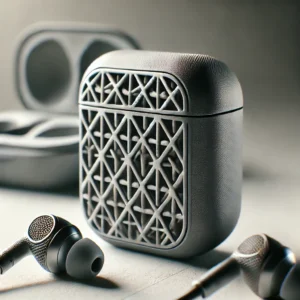
3D-Printed Earbud Cases for Sustainability
As environmental awareness grows, consumers are becoming more conscious of the life cycle of their products. Traditional earbud cases, such as those for Apple AirPods, often come sealed with no option for users to replace the battery or repair the charging port. This design means that when these parts fail, users typically have no option but to buy a new case, resulting in unnecessary waste.
One recent innovation comes from engineer and designer Ken Pillonel, who introduced a 3D-printed AirPods case with a USB-C port that also supports easy battery replacement. This design is open-source, allowing anyone with a resin-based 3D printer to print the case themselves. The USB-C modification not only aligns with future charging standards, especially in Europe where USB-C will soon become the universal standard for small electronics, but it also offers a practical solution to the waste problem
.
In addition to the environmental benefits, the ability to repair or replace the battery in an AirPods case addresses one of the most common complaints about the product. For many consumers, this 3D-printed alternative represents a sustainable option that extends the life of their accessories while contributing to the reduction of electronic waste.
Personalization Through 3D Printing: A New Level of Customization
Customization is another major advantage that 3D printing brings to earbud cases. For years, consumers have had limited options when it comes to personalizing their devices, typically constrained to third-party skins or covers. With 3D printing, however, users can design cases in any shape, size, or color. This has led to a wave of creativity, with individuals and businesses offering designs that cater to a variety of tastes and preferences.
For example, users can download templates to create cases with textured finishes, engraving, or even added compartments for accessories like extra ear tips or batteries. Some companies are even providing files that let users print custom cases from home with minimal setup. This level of personalization was once unimaginable for mass-produced tech accessories, but with 3D printing, the possibilities are virtually limitless.
Customization goes beyond aesthetics, as 3D-printed earbud cases can also be designed to include practical features. Some cases are designed to improve grip, while others may offer waterproofing elements or enhanced protection against drops. For users who are constantly on the go, such features can be a game changer, adding durability and functionality to an essential accessory.
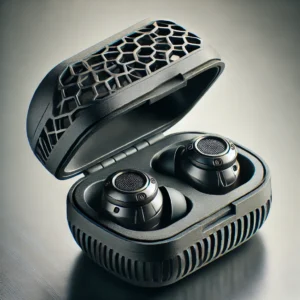
Materials Matter: The Role of New Materials in 3D-Printed Audio Products
While plastic and resin-based materials are popular for 3D-printed cases, high-end audio products are benefiting from the use of metal-based 3D printing. Leading this charge is Sennheiser, which recently released the IE 600 earbuds. These earbuds feature housings made from a 3D-printed amorphous metal, a material that is highly durable, corrosion-resistant, and perfect for achieving complex shapes and structures that are ideal for audio applications.
Amorphous metal, also known as bulk metallic glass, offers several properties that enhance the sound quality and durability of earbuds. For example, the IE 600’s housing is both incredibly strong and vibration-resistant, which contributes to clear, distortion-free sound. This innovation exemplifies how 3D printing can bring unique, high-performance materials into consumer products in ways that were previously only seen in industries like aerospace and medical equipment
.
The use of amorphous metal in earbuds demonstrates how 3D printing can expand beyond typical plastic cases to create high-quality, high-value products. As this technology continues to advance, more materials will likely be explored, allowing for an even wider range of possibilities in audio accessories.
From DIY to High-End: The Range of 3D-Printed Earbud Cases
One of the great things about 3D printing is that it appeals to both DIY enthusiasts and those seeking premium, high-quality products. For DIYers, 3D printing offers a cost-effective way to create custom earbud cases at home. Many websites and online communities provide free or inexpensive files that users can download and print on their home 3D printers. This accessibility empowers users to take control of their accessories and make modifications that cater to their preferences.
On the other end of the spectrum, companies like Sennheiser are using 3D printing to produce top-tier products that showcase the precision and quality achievable with this technology. While these high-end products come at a premium price, they also demonstrate the potential of 3D printing to disrupt traditional manufacturing for luxury items. By showing that 3D-printed materials can rival or even surpass the quality of traditionally manufactured products, companies like Sennheiser are helping to legitimize 3D printing as a serious manufacturing method for consumer electronics.
The Future of 3D Printing in Audio Accessories
As 3D printing technology continues to improve, its applications in the audio market will only grow. With the ability to create complex designs, use new materials, and offer customizable options, 3D printing is well-suited to meet the evolving needs of consumers. Here are some future trends that could shape the future of 3D-printed earbud cases and other audio accessories:
- More Sustainable Materials: Researchers are actively developing eco-friendly 3D-printing materials, such as biodegradable plastics and recycled resins. In the near future, we may see earbud cases made from entirely sustainable materials that can be easily recycled at the end of their life cycle.
- Integrated Electronics: As 3D printing technology advances, it may soon be possible to print cases with integrated electronic components, such as charging circuits or even wireless connectivity. This would open up a new realm of functionality, allowing for cases that can be customized to include specific electronic features.
- Enhanced Durability for Active Users: With advancements in material science, 3D-printed cases could soon be available in materials that withstand extreme environments. This would be ideal for individuals who frequently engage in outdoor or sports activities, as cases could be tailored to resist water, dust, or impact.
- Affordable Customization: As 3D printers become more affordable, more people will be able to access this technology from home, making customization more accessible than ever. In the future, it’s likely that more companies will offer downloadable files for consumers to print their own cases or accessories at home, bringing a new level of customization directly to the consumer.
Challenges and Considerations in 3D Printing for Audio Accessories
While the potential of 3D printing for earbud cases is vast, there are still challenges to overcome. One of the main limitations is the cost and accessibility of high-quality 3D printers capable of working with advanced materials like metal. Currently, metal 3D printers are primarily available to industrial manufacturers, which limits the availability of metal-based 3D-printed accessories to luxury or niche markets.
Additionally, designing for 3D printing requires expertise in digital modeling and an understanding of the materials involved. While some companies offer templates and design services, consumers interested in creating their own cases still face a learning curve in terms of using 3D-printing software and understanding material properties.
Finally, sustainability remains a challenge. Although 3D printing can reduce waste in some ways, it still relies heavily on plastics and other non-biodegradable materials. To truly make 3D printing a sustainable alternative, the industry must continue to innovate and develop materials that minimize environmental impact.


